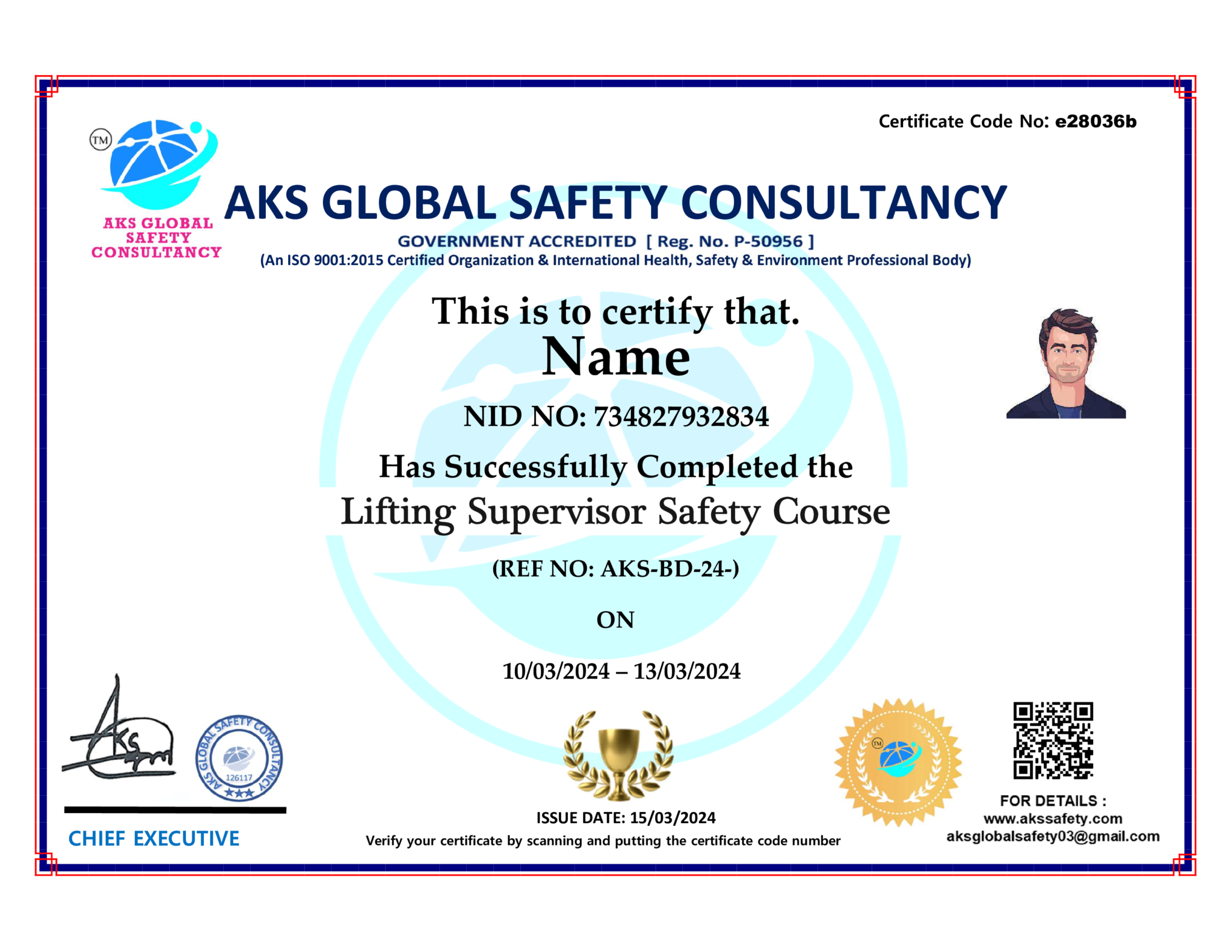Scaffolding Inspector
“The Scaffolding Inspector course is meticulously crafted to empower participants with the indispensable expertise required for conducting thorough inspections of scaffolding structures, ensuring stringent adherence to safety standards. Delving into critical facets of inspection methodology, from discerning various scaffold types to pinpointing prevalent defects and hazards, this course fosters a comprehensive understanding of scaffolding integrity evaluation. Participants emerge equipped with the acumen to assess the stability and safety of scaffold structures with unwavering precision, thereby fortifying workplace safety protocols.”
This qualification is evaluated using assessments and Multiple-Choice Questions (MCQ). To receive this qualification, the learner must pass both tests with a certain percentage.
The qualification has recommended course duration of 6-7 days.
Note: However the course duration may be increased to meet additional learning needs if required but not reduced.
- Understanding of scaffolding principles: The program covers the fundamentals of scaffolding, including how to select and inspect scaffolding equipment, how to plan and execute scaffolding operations safely, and how to determine the strength and stability of scaffolding structures.
- Knowledge of scaffolding regulations: The program covers regulations and standards related to scaffolding, including OSHA requirements for scaffolding safety in the workplace.
- Improved inspection skills: Upon completion of the program, you will have improved your inspection skills, including increased proficiency in inspecting scaffolding equipment, improved problem-solving skills, and better decision-making abilities.
- Understanding of the role of scaffolding inspections in construction and industrial operations: The program covers the importance of scaffolding inspections in construction and industrial operations, including how to identify potential hazards related to scaffolding operations and how to ensure that scaffolding equipment is in good working order.
- Knowledge of scaffolding best practices: The program covers best practices for scaffolding, including how to properly inspect scaffolding equipment, how to properly secure scaffolding structures, and how to properly train workers in scaffolding safety.
Training should emphasize on the following contents;
- Introduction: Overview of scaffolding and its importance in the construction industry, OSHA regulations and standards relevant to scaffolding, importance of proper inspection and maintenance of scaffolding equipment.
- Scaffolding Fundamentals: Understanding the basic principles of scaffolding, including load weight and stability, identifying and evaluating potential hazards in scaffolding operations, proper use and maintenance of scaffolding equipment.
- Inspection and Maintenance: Conducting daily and periodic inspections of scaffolding equipment, proper documentation and record-keeping requirements, identifying and addressing equipment defects and malfunctions.
- Scaffolding Planning and Procedures: Proper planning for scaffolding operations, procedures for scaffolding set up, assembly, and disassembly, procedures for entering and exiting scaffolding equipment.
- Load Control and Stability: Understanding the principles of load control and scaffold stability, identifying and addressing load control and stability hazards, proper use of scaffold bracing and tie-ins.
- Emergency Preparedness and Response: Identifying and planning for potential emergency situations in scaffolding operations, developing and implementing emergency response plans, training workers on emergency procedures.
- Regulations and Standards: Understanding OSHA and other regulatory requirements for scaffolding, identifying and addressing non-compliance issues, keeping current.

